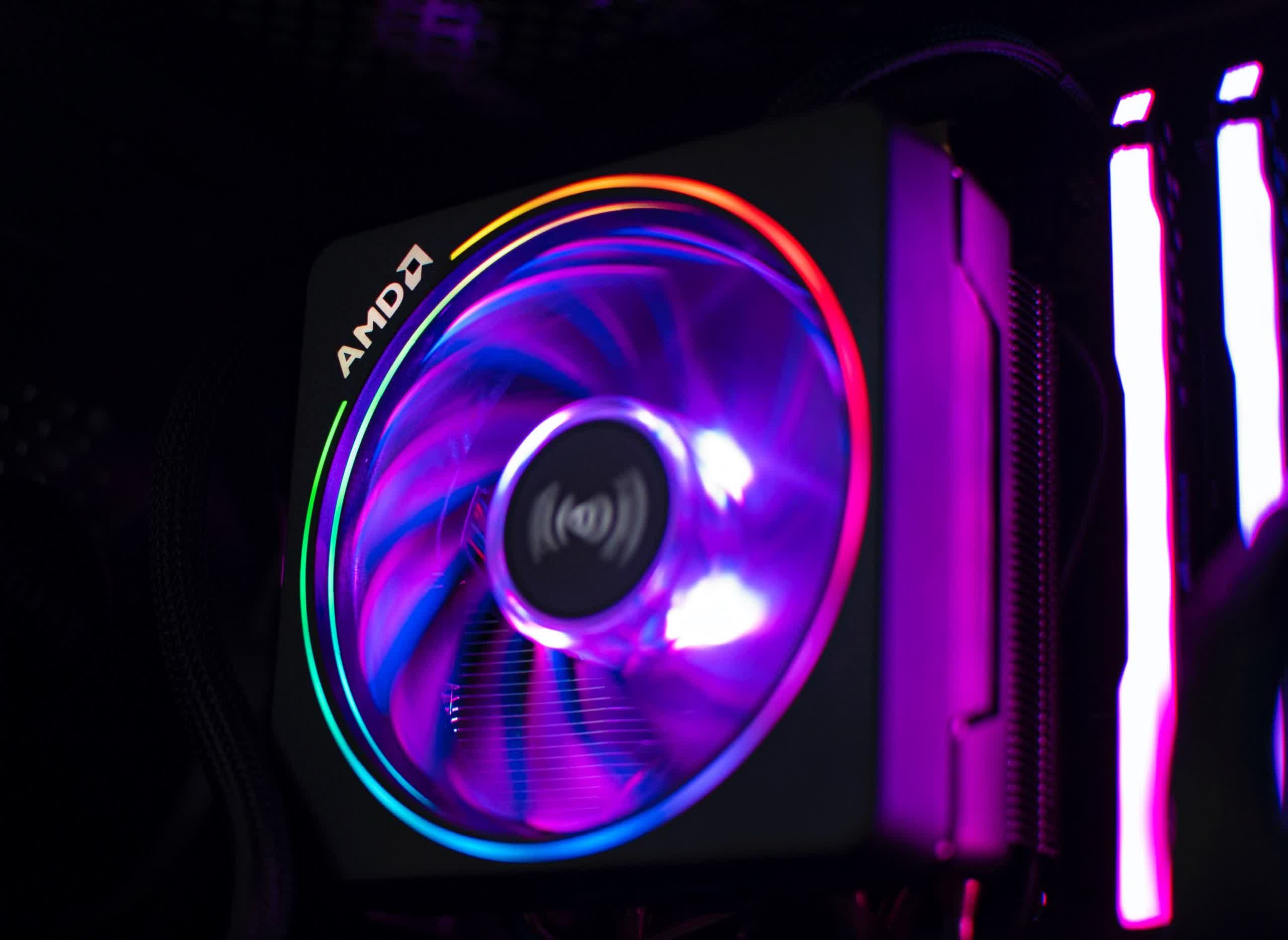Many businesses today find themselves in complex and unfamiliar territory. They face resource constraints and supply chain issues due to the persistent pressure of the COVID-19 pandemic, as well as the mounting sustainability challenges. This external pressure shows little sign of abating and supply chain disruptions will continue to interrupt delivery times and trigger supply shortages across the globe.
To continue to deliver performance, companies must mitigate their vulnerability across the value chain — and asset performance management has an important role to play.
Put simply, assets are the physical equipment and machines a company uses to create value for its customers. Asset performance management systems monitor and adjust how well these things operate. The smarter these systems are, the less vulnerable the assets become, and the better CIOs can make and the company’s entire operations safer, more efficient, and sustainable. This intelligence is enabled by the cloud, IoT, big data, and AI, provided these digital technologies are connected in the right way.
The Opportunity to Transform
The vision of fully integrated IT and operations that deliver new insights, inform business decisions, and strategically manage performance was, for a long time, little more than an aspiration. The expansion of tech capabilities has now turned this idea into a reality. Moreover, the value companies risk losing if they do not harness this shift to digitize their operations is too great to be ignored.
The need for companies to deliver on increasingly ambitious environmental goals and commitments — such as limiting greenhouse gas emissions and waste across the entire value chain — will only grow in the coming years as consumer and regulatory pressures build. The pressure for companies to meet net-zero commitments represents one of the clearest reasons businesses should embark on this shift. Building an integrated system of intelligent asset management allows for greater control, as well as increased awareness and visibility of overall environmental impacts, thereby creating a unique ability for CIOs to deliver on corporate sustainability goals.
The Challenges
When looking to optimize operations, understanding the performance levels of the various assets a company maintains is a key first step. Everyone involved in operations, at all levels, needs to have a clear understanding of how the assets they maintain are performing, where there is room for improvement and how those assets could be made more intelligent. There must be collaboration across the various aspects of the operations and IT departments to produce a value-based approach that specifies short-, medium-, and long-term goals to enable an effective transition to a new world of digital operations.
Ultimately, the shift toward more intelligent asset management is about driving greater transparency across operations and the life cycle of each asset to identify and address risks and opportunities early on. Therefore, integrating IT and operations requires bridging long-standing silos between the two departments. Historically, these two departments barely talk to one another, let alone integrate effectively with enterprise systems, leading to gaps and standalone solutions in the operational arena. If these “two halves” of a company’s operational brain are not working in concert, increasing the intelligence of core assets will remain elusive, with isolated data streams and reactive, lagging maintenance capabilities leading to higher costs of operation.
How to Overcome
Key enablers of achieving this level of asset performance are cloud-based services and other digital tools like artificial intelligence (AI) that provide companies the visibility and capabilities necessary to standardize and integrate. That said, it is often not enough to invest in these tools to achieve full integration. Business decisions must be people-oriented; they can’t just be technology-driven. For example, ensuring that an entire operations workforce has the level of attention and specified focus needed to correctly analyze the performance of their assets may require companies and leadership to re-skill their employees in how to analyze their asset’s performance correctly and accurately. Seemingly secondary steps like these are crucial to ensuring that all the various advantages of the new integrated system are fully realized, thus helping businesses to achieve new levels of operational control, efficiency, and effectiveness.
Combining the Tools We Have
While many of the tools and capabilities used in intelligent asset management have been around for a long time, bringing systems together is opening the door and introducing a whole range of capabilities that will set apart market winners and losers. This unified view enables a systemic approach that identifies the root causes of challenges and offers a new way to address them. By arming employees with the skills needed to utilize the tools required for making asset management more intelligent, businesses have the chance to bolster the resilience of their operations for years to come, while creating long-lasting institutional change throughout their organization.
Note: This article have been indexed to our site. We do not claim legitimacy, ownership or copyright of any of the content above. To see the article at original source Click Here













